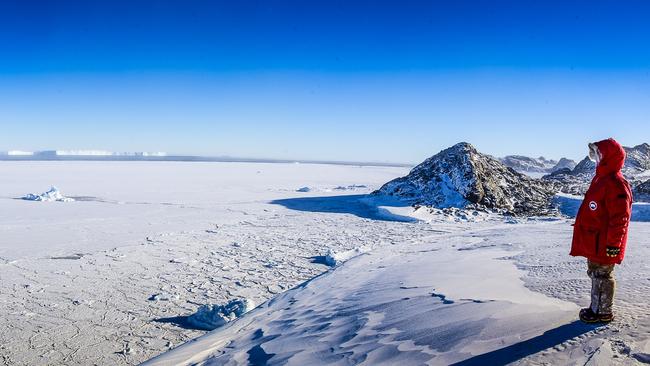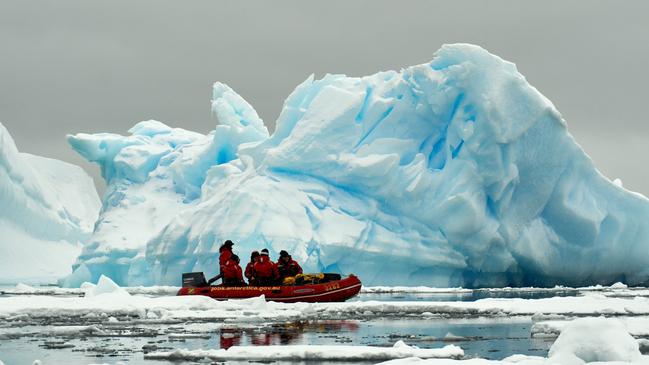Talk about isolation: icing the coronavirus is life and death in polar outpost
Australia’s Antarctic bases face unique challenges from the virus, not least the near-impossibility of evacuation for many.

Social distancing isn’t such an issue and lockdown is automatic, but Australia’s wintering Antarctic expeditioners face unique challenges from the virus pandemic, not least the near-impossibility of evacuation for many.
Eighty-nine Australians are spending the long, dark Antarctic winter at lonely stations on the frozen continent, or on the sub-Antarctic Macquarie Island.
The Australian Antarctic Division — already one of the most safety-conscious organisations on the planet — has gone to extraordinary lengths to keep COVID-19 out of its three continental stations and Macquarie Island.
Some would-be expeditioners were turned away because of their travel history; others had to undergo 14 days of quarantine in Hobart prior to travel; and non-essential tasks have been abandoned.
Social distancing is being encouraged “where possible”, but the reality of communal life on a small station in the middle of an icy wilderness is that keeping to oneself is not only impossible, it carries very real psychological dangers. As AAD chief medical officer Jeff Ayton told The Australian, social distancing is not such an issue for the 27 hardy souls at Casey Station, 24 at Davis, 19 at Mawson and 19 on Macquarie Island. “It’s not necessary,” Dr Ayton said. “They are going about their normal business, and we are confident we started early and acted strongly (to prevent contamination).
“Our continental stations are locked down. Macquarie Island is still in play (being resupplied for winter), but I’m confident that we haven’t got any concern.”
Dr Ayton said wherever there was human access, there was risk but there was no evidence the now ubiquitous COVID-19 had made it to the world’s last wilderness.
An outbreak would pose extreme difficulties, with typically one doctor on each station and little room for mass quarantine.

“It’s difficult. We are all living under one red shed,” Dr Ayton said. “We can do it. The medical facilities on station have separate airconditioning. But we have the issue of critical mass: is the chef (sick)? Is the doctor? Is your key (medical) lay person?
“You’ve only got 19 people. It is the same issue facing living on the moon and Mars, which we are working on with the Space Agency and NASA: how do you prevent and manage it (infectious disease in small, remote communities)?”
Help would be provided remotely from the AAD’s Hobart HQ, but evacuations may not be possible for all stations, said operations manager Robb Clifton.
“Davis and Mawson are not reachable over winter,” he said.
Antarctic winterers may be in the nation’s safest lockdown but they face a disadvantage when they return to Australia, typically in December or January.
Expeditioners will have had no chance to develop antibodies or any level of immunity to the new virus. “Our overwintering expeditioners already have immune suppression due to lack of exposure to numerous antigens and viruses and bacteria, and so we prepare them on their return for that,” Dr Ayton said.




To join the conversation, please log in. Don't have an account? Register
Join the conversation, you are commenting as Logout